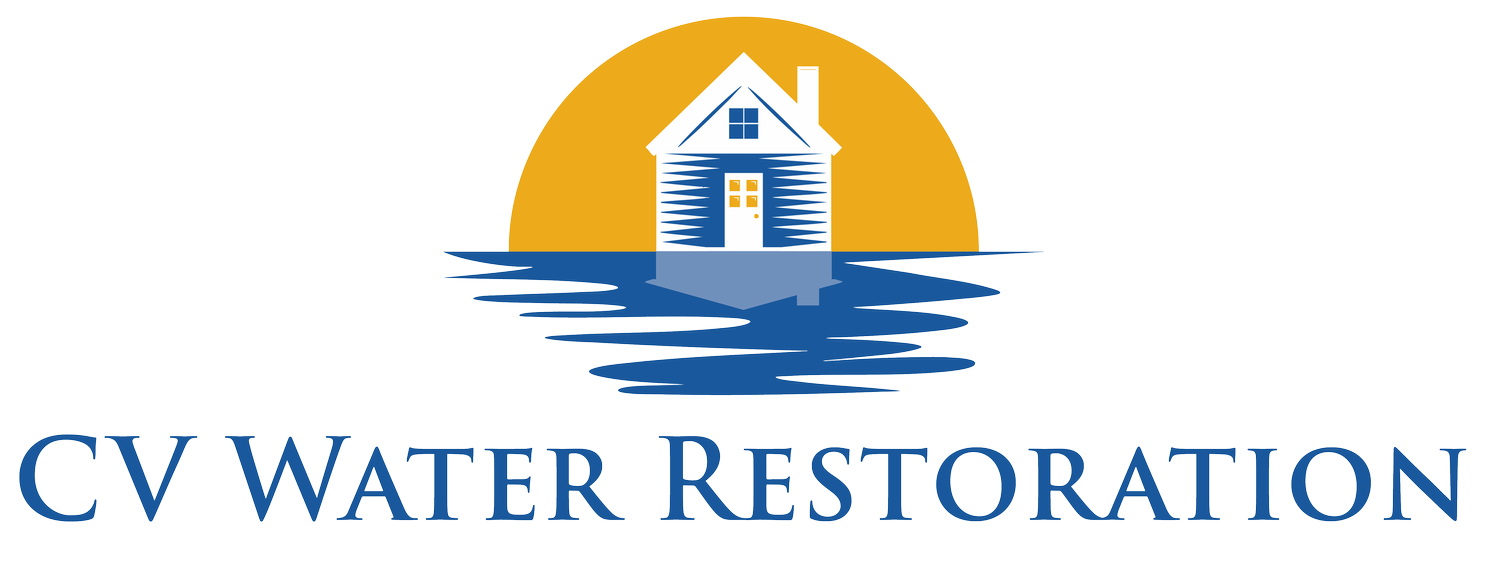What to Do Immediately After Water Damage in Your Home
Water damage can strike without warning, turning your peaceful home into a stressful emergency situation. Whether it's from a burst pipe, appliance malfunction, or storm damage, knowing exactly what to do in those critical first moments can mean the difference between minor repairs and major reconstruction. Here's your step-by-step guide to handling water damage like a pro.
Step 1: Ensure Safety First (0-5 Minutes)
Before you do anything else, prioritize safety. Water and electricity are a dangerous combination, so if there's any chance that electrical outlets, appliances, or wiring have been affected, shut off electricity to the affected area at the circuit breaker. If you must walk through standing water to reach the electrical panel, call a professional instead.
Check for structural damage such as sagging ceilings, warped floors, or compromised walls. If you notice any signs of structural instability, evacuate the area immediately and contact emergency services.
Step 2: Stop the Water Source (5-10 Minutes)
Identify and stop the source of water if possible. This might involve:
Shutting off the main water supply to your home
Turning off individual fixture shut-off valves
Moving items away from active leaks
Placing buckets or containers to catch dripping water
If you can't locate the source or stop the flow, call a plumber immediately. Every minute counts when water is actively flowing into your home.
Step 3: Document Everything (10-20 Minutes)
Before you start cleanup, document the damage thoroughly for insurance purposes:
Take photos and videos of all affected areas from multiple angles
Make a detailed list of damaged items and their approximate value
Note the time the damage occurred and when you discovered it
Keep receipts for any emergency expenses
This documentation will be crucial when filing your insurance claim and can significantly impact your settlement.
Step 4: Contact Your Insurance Company (20-30 Minutes)
Call your insurance company as soon as possible to report the damage. Many insurers have 24-hour claim reporting hotlines. Be prepared to provide:
Your policy number
Details about when and how the damage occurred
A preliminary assessment of affected areas
Photos if you can send them electronically
Ask about coverage for temporary housing, emergency repairs, and whether you need to wait for an adjuster before beginning cleanup.
Step 5: Begin Water Removal (30+ Minutes)
Time is critical when it comes to water removal. Start extracting standing water immediately:
Use buckets, mops, and towels for small amounts
Rent or purchase a wet/dry vacuum for larger volumes
Open windows and doors to promote air circulation
Use fans to increase airflow and speed drying
For significant water damage, consider calling a professional water restoration company. They have industrial-grade equipment that can remove water and moisture much more effectively than household tools.
Step 6: Remove Wet Materials
Remove water-damaged materials that can't be salvaged:
Pull up wet carpeting and padding
Remove damaged drywall (typically anything below the water line)
Take out wet insulation
Remove damaged personal belongings
The general rule is that porous materials that have been saturated for more than 24-48 hours should be discarded to prevent mold growth.
Step 7: Start the Drying Process
Proper drying is essential to prevent mold and further damage:
Set up dehumidifiers to remove moisture from the air
Position fans to create air movement
Monitor humidity levels with a hygrometer
Keep indoor temperature warm but not hot
Professional-grade drying equipment can reduce drying time from weeks to days, potentially saving you thousands in additional damage.
What Not to Do
Avoid these common mistakes that can worsen damage or create safety hazards:
Don't use electrical appliances in wet areas
Don't ignore small leaks thinking they'll dry on their own
Don't delay calling professionals for significant damage
Don't attempt to dry thick materials like mattresses or upholstered furniture
Don't use heat sources like hair dryers on wet electrical outlets
When to Call Professionals
Consider professional water restoration services if:
Water covers more than a small area
Water has been standing for more than 24 hours
The water source is contaminated (sewage, flood water)
You notice signs of mold growth
Structural elements are affected
Remember, water damage that isn't properly addressed can lead to mold growth, structural issues, and health problems. When in doubt, consult with professionals who have the expertise and equipment to handle the situation safely and effectively.
